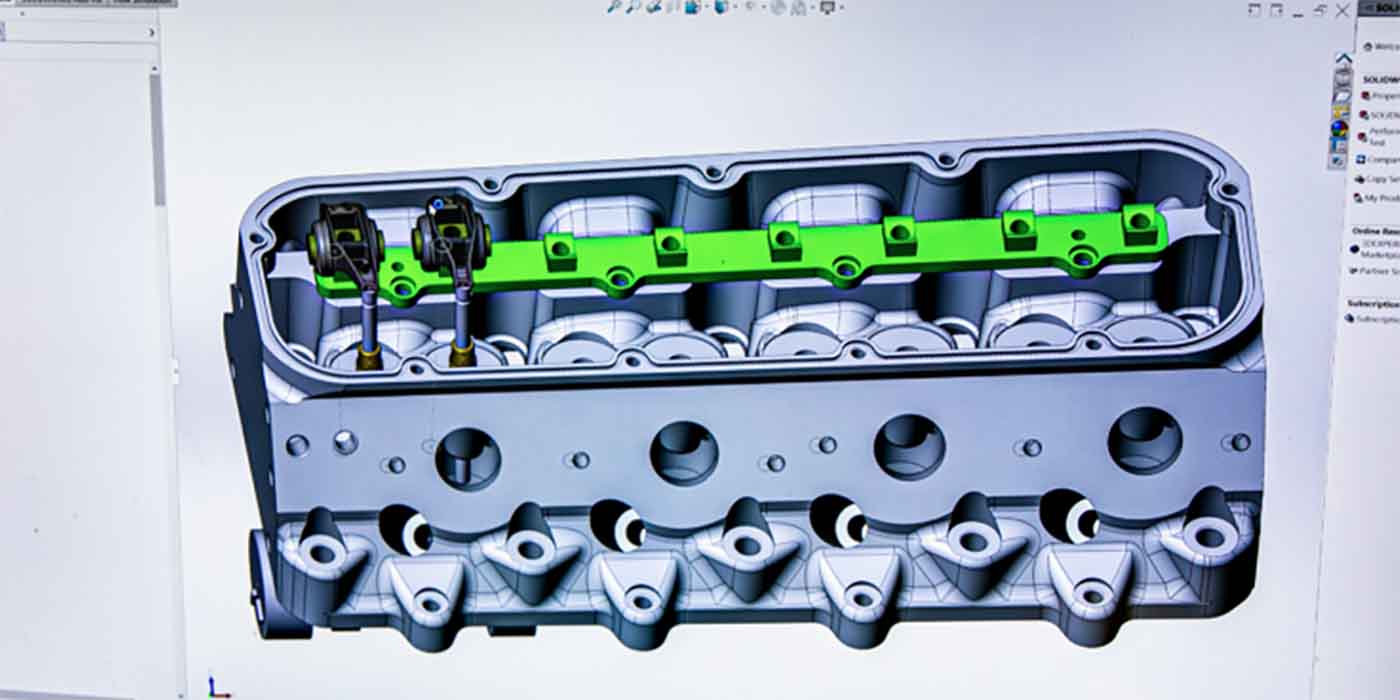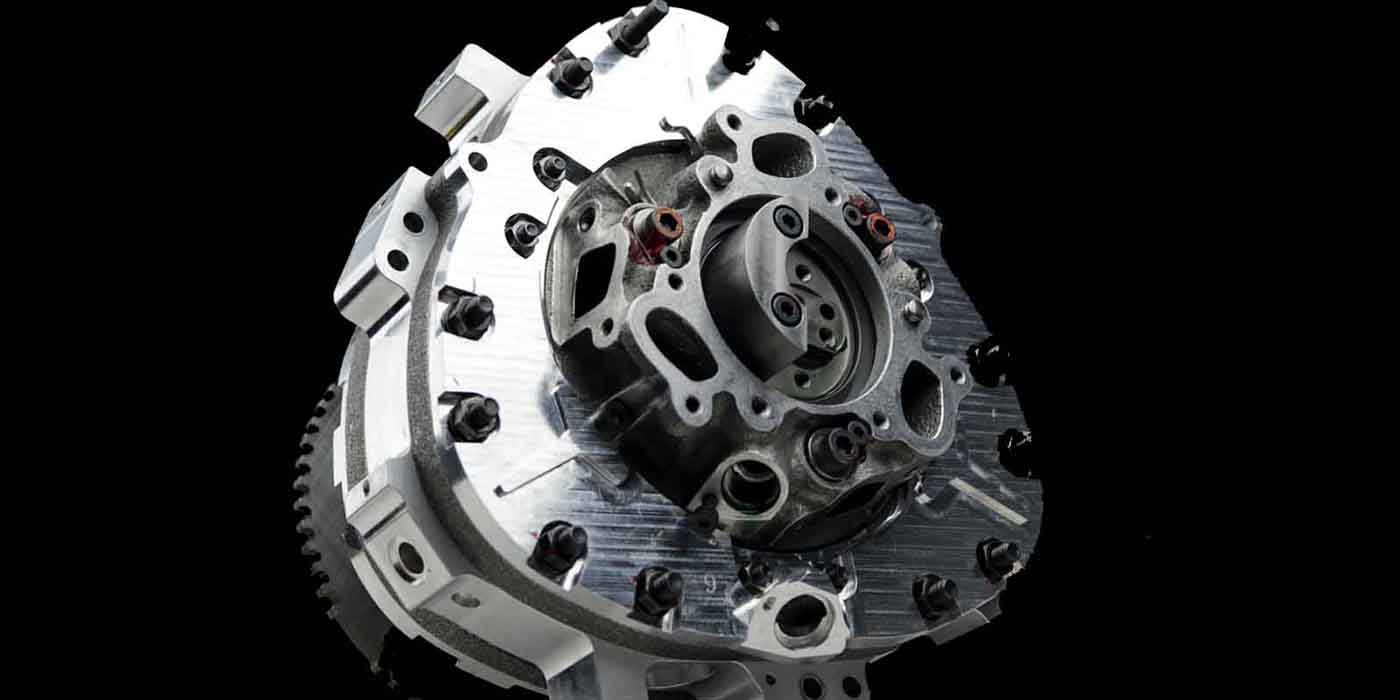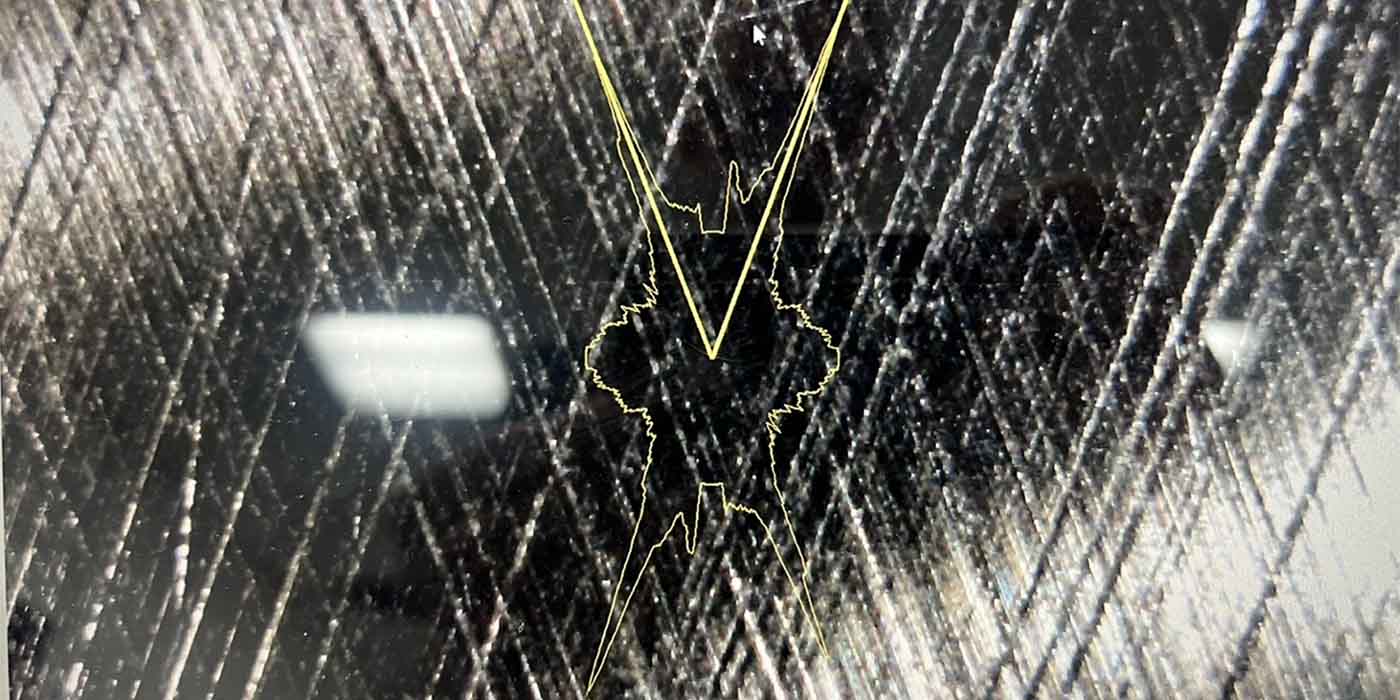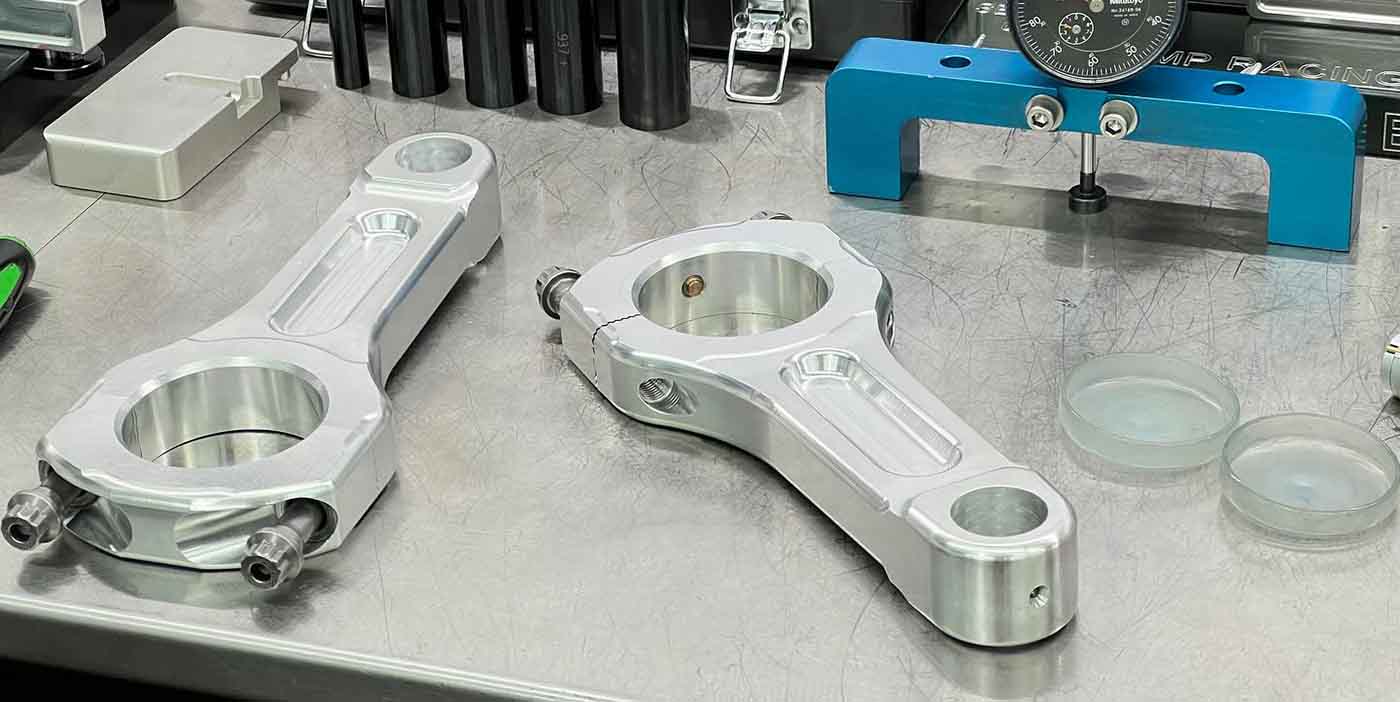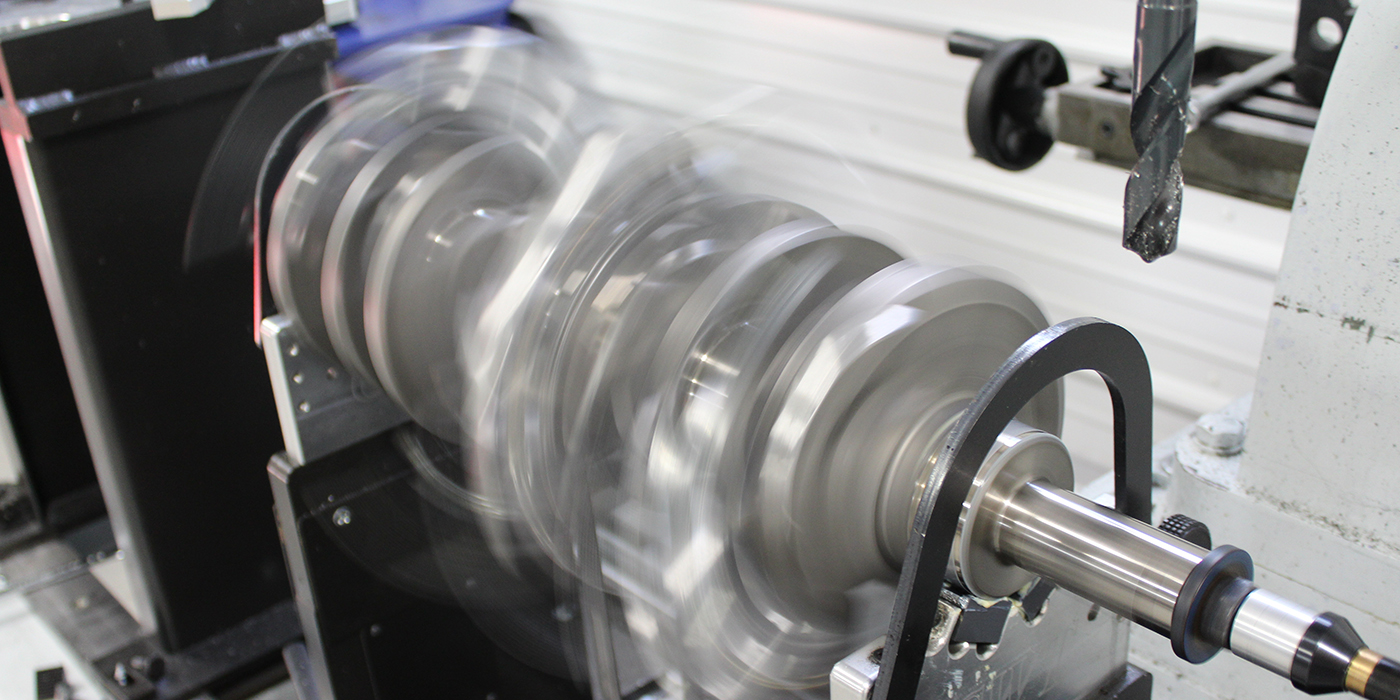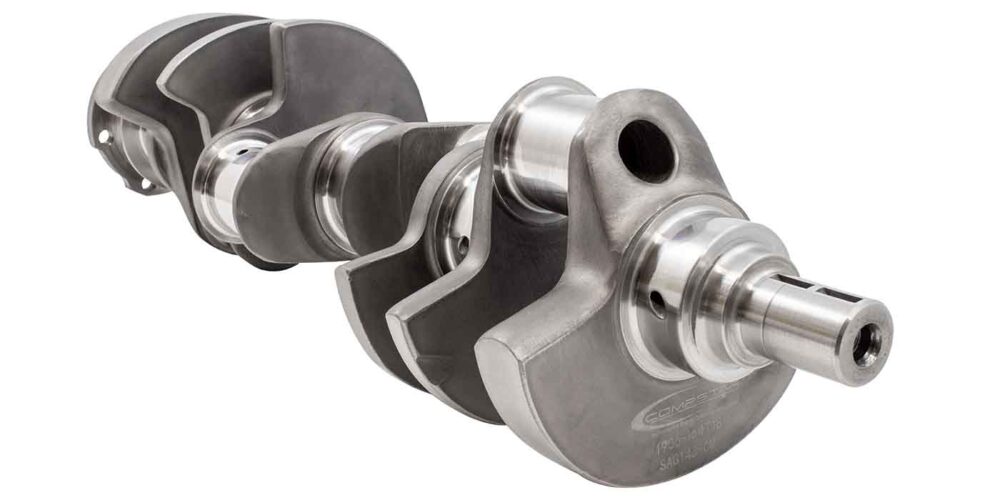Factors of Crankshaft Selection
From the high-performance powerplants propelling Top Fuel dragsters to the subdued engines found in family sedans and grocery getters, each crank must be tailored to, and appropriate for, its specific application.
We know a crankshaft plays a critical role in an engine’s performance, converting reciprocating motion into rotary motion while serving as the backbone of the entire system. It must be strong enough to withstand the continuous pounding of rods and pistons, yet possess enough elasticity to absorb vibrations and flex, albeit slightly, when needed.
Shop Solutions March 2024
I always keep a pair of needle nose pliers and a small, straight screwdriver in my blast cabinet to hold small parts when blasting.
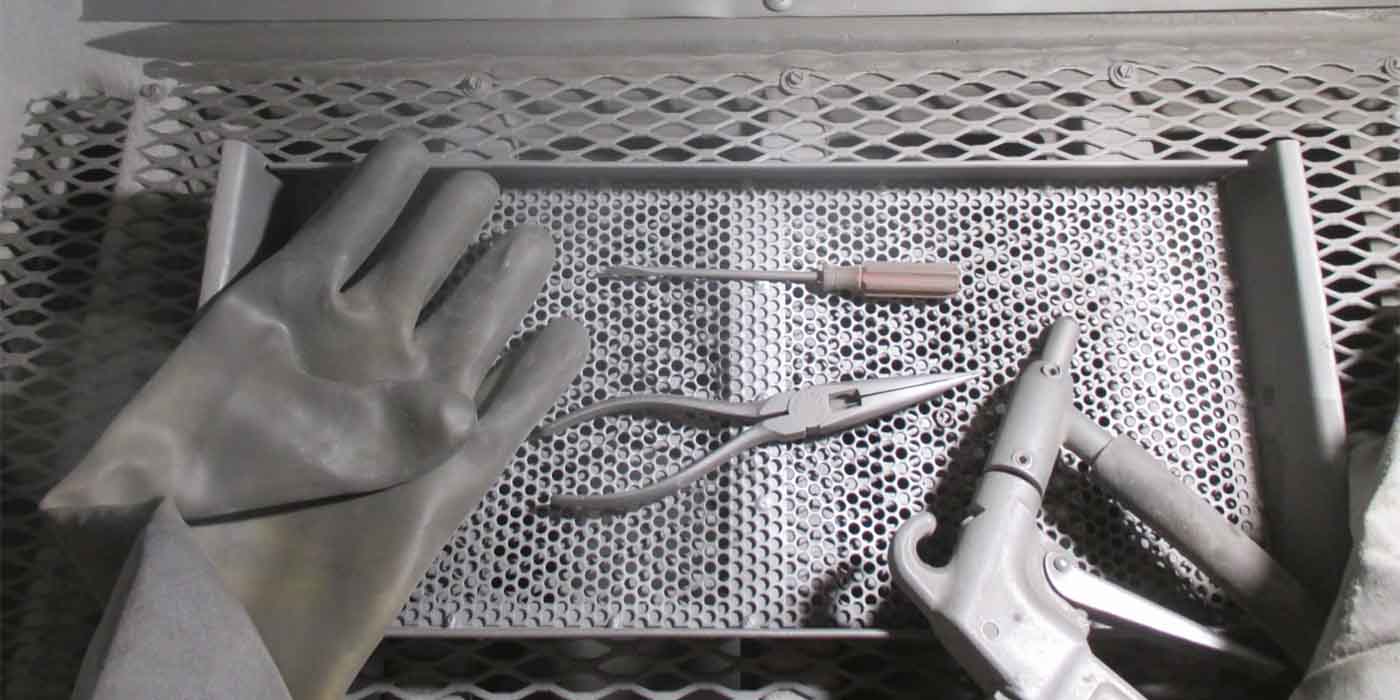
Shop Solutions – February 2024
Submit your Shop Solution at [email protected].

Degreeing the Camshaft and Checking Valve-to-Piston Clearance
Jeff McCord of LinCo Diesel Performance walks you through degreeing a camshaft and checking valve-to-piston clearance.
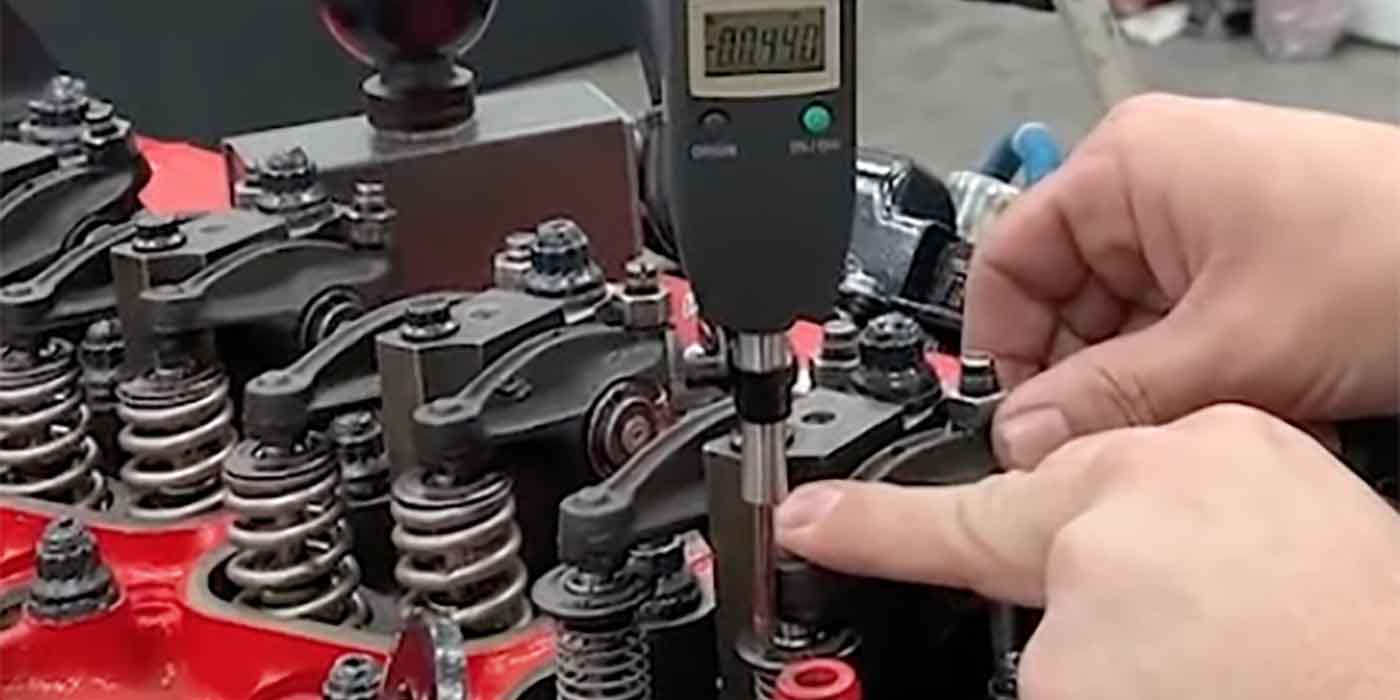
Designing a Better LS Engine
After a customer wanted a Steve Morris Engines’ SMX in an LS version, Steve saw the upside and potential in the market, and a challenge to build a better LS.
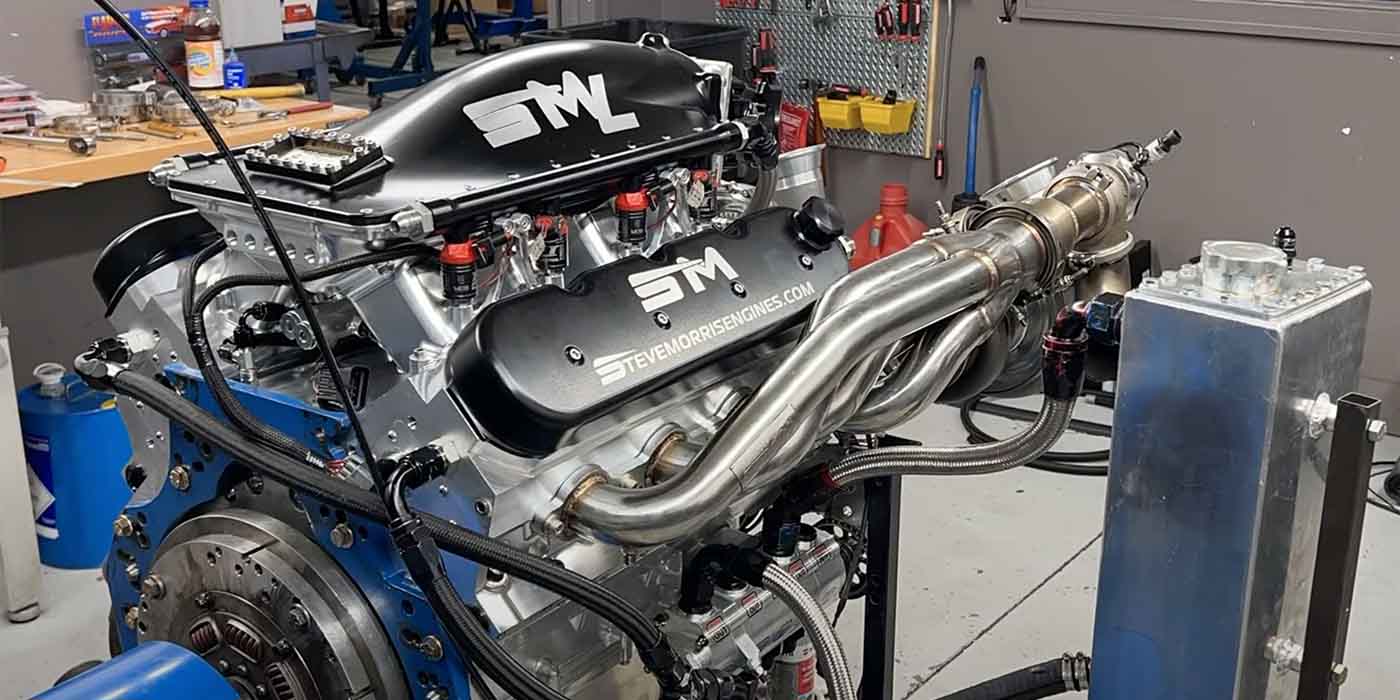
Other Posts
The Importance of a Good Valve Job
The valve job ensures the mating surfaces of the valves and the seats properly control the air/fuel mixture.
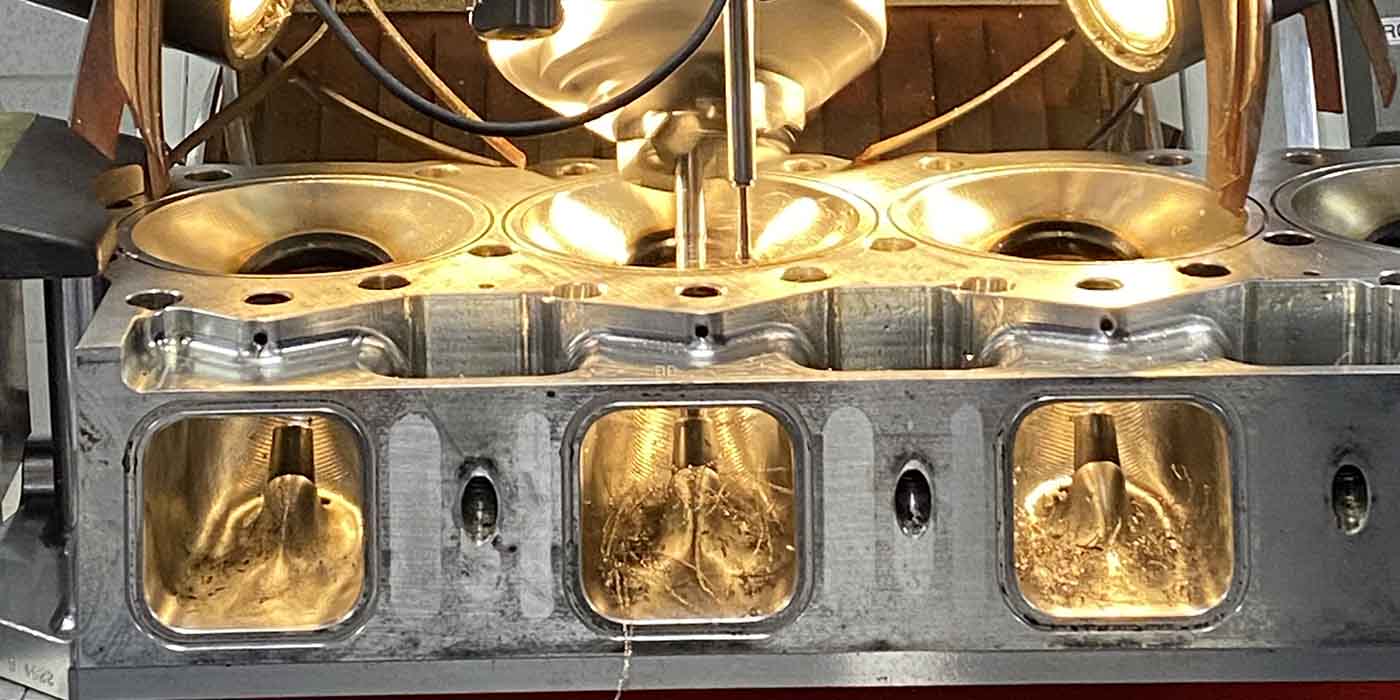
Getting Better Cylinder Head Airflow
When it comes to improving horsepower and rpm, airflow has a lot to do with it, and it seems the job is one that’s never finished.
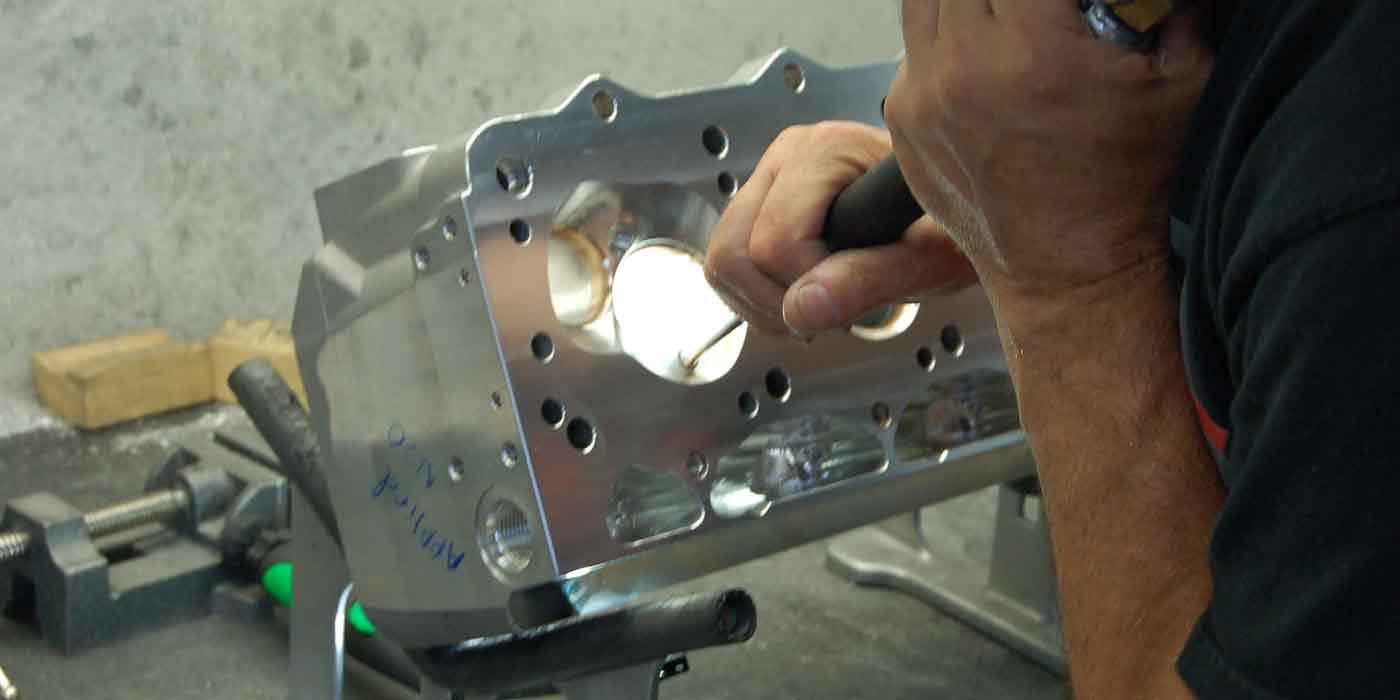
Horsepower and Head Gasket Technology
Head gaskets have one of the toughest job in an engine, and now we’re pushing them harder than ever, making it easier to expose the slightest weakness.
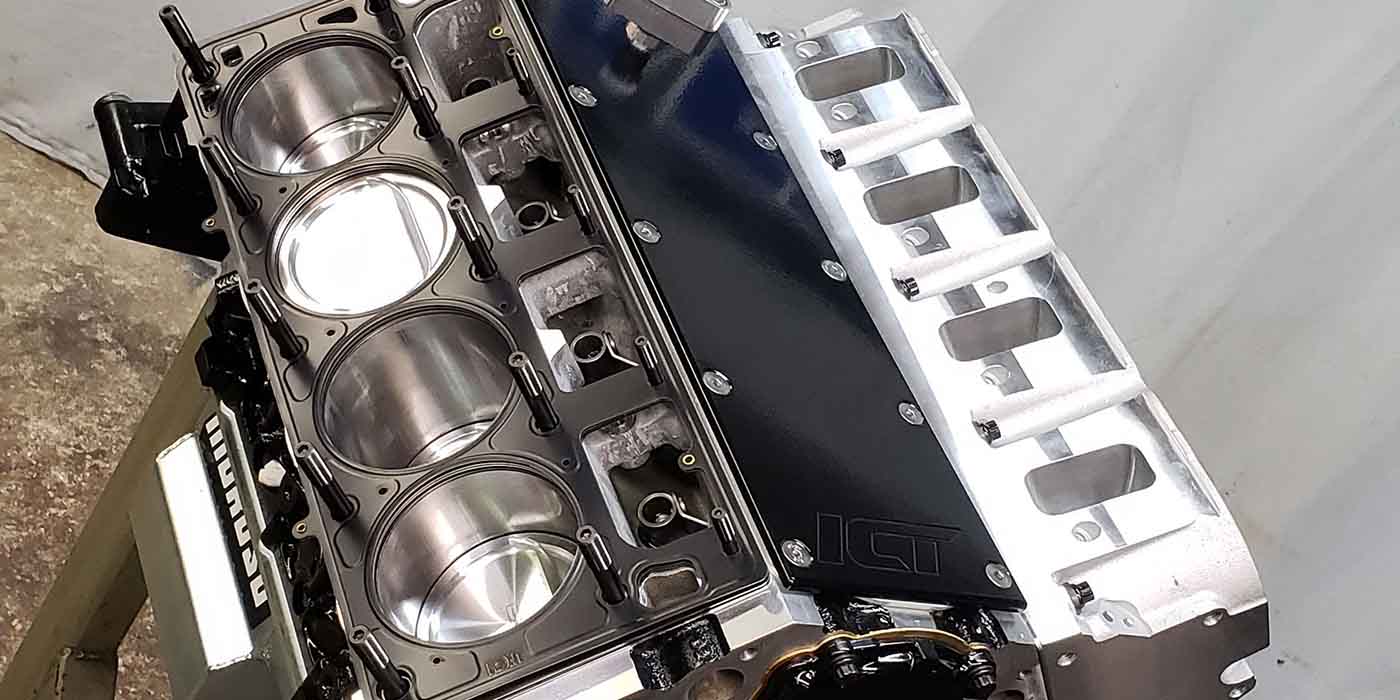
Inside the Development of Frankenstein’s F-Series LS Cylinder Heads
Right away, engine builders knew it was special.
